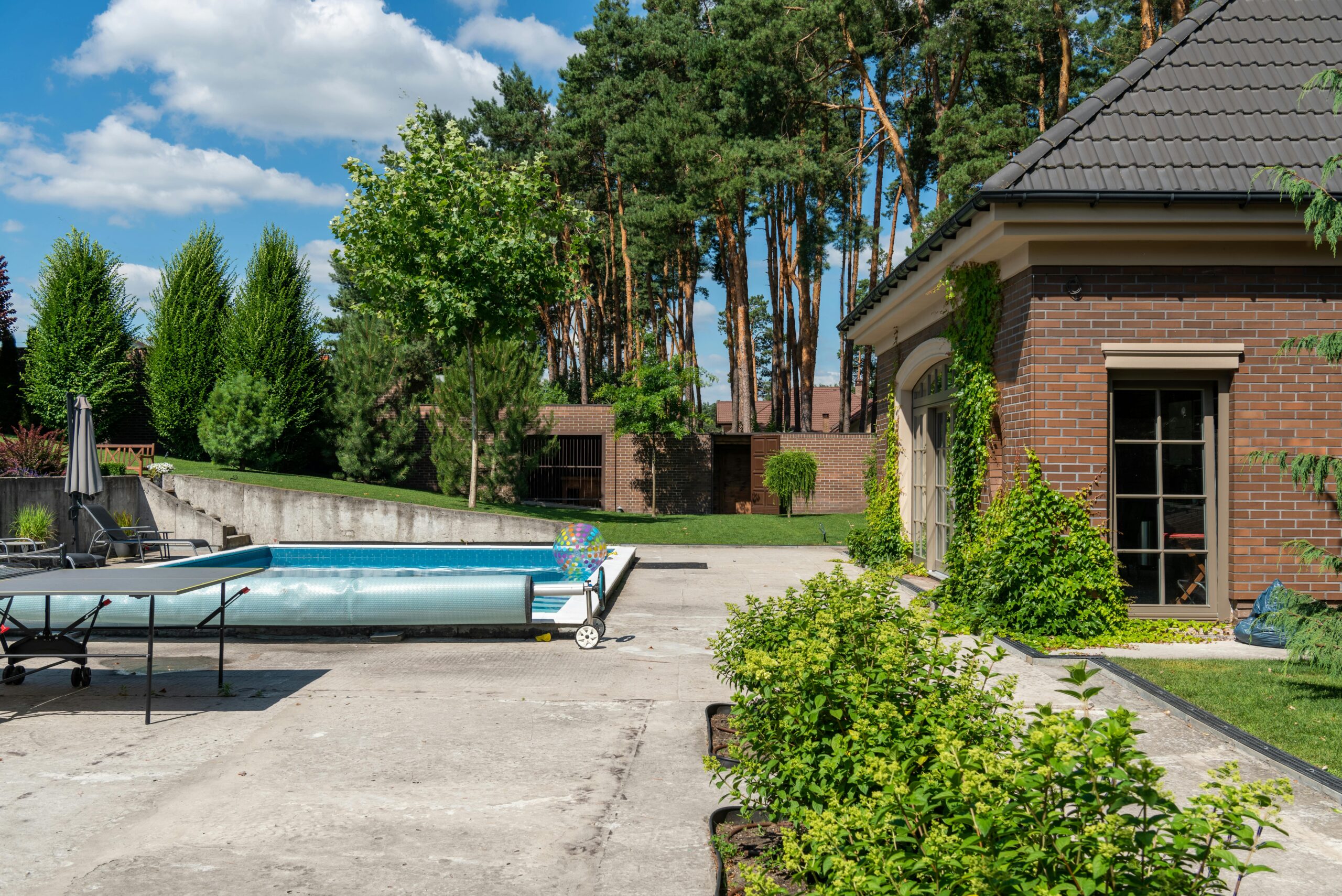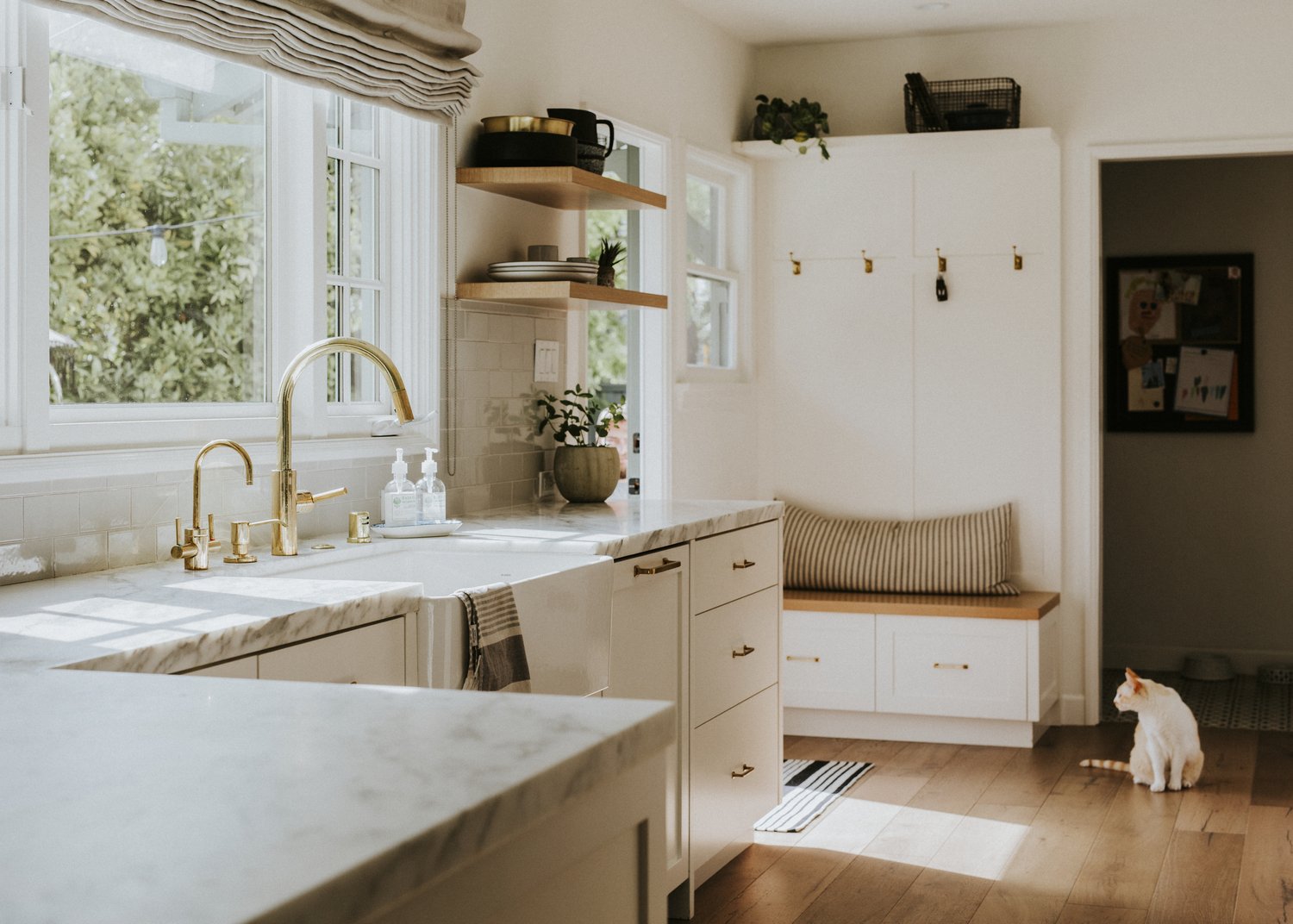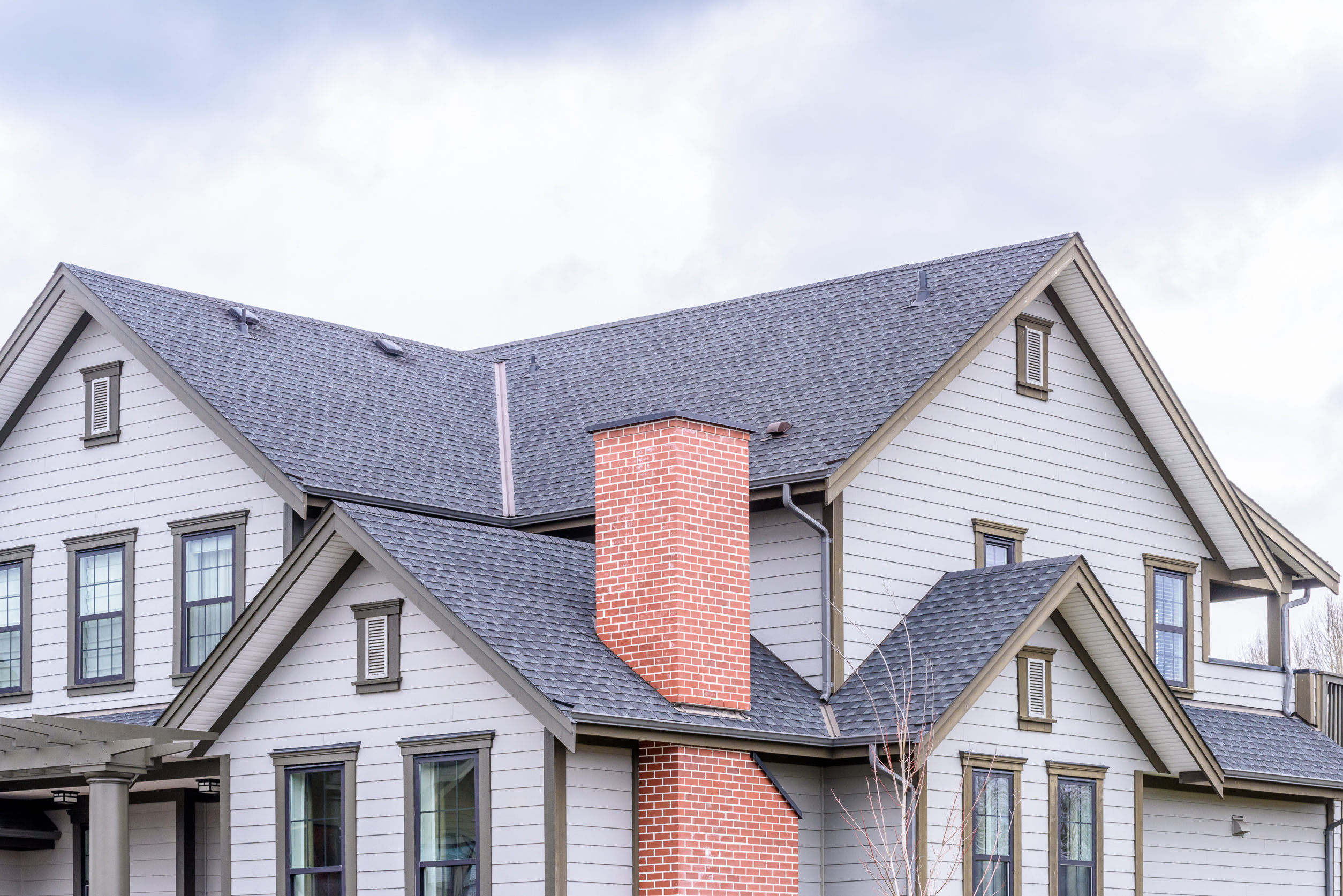A stamped concrete patio can transform an ordinary outdoor space into a visually striking extension of your home. This popular decorative concrete option mimics the appearance of expensive materials like stone, brick, and wood while typically costing less than authentic materials. In this article, we’ll explore the advantages and disadvantages of stamped concrete patios, compare their cost to traditional pavers, and highlight some of the most popular concrete patio patterns available today. Whether you’re planning a new installation or renovating an existing space, understanding these options will help you make an informed decision.
What Is Stamped Concrete?
Stamped concrete is a type of decorative concrete that uses special stamps to create patterns and textures that resemble brick, slate, flagstone, stone, tile, and even wood. The process begins with pouring and leveling a concrete slab. While the concrete is still wet, professionals press specially designed stamps into the surface to create the desired pattern. After the stamping is complete, the concrete is typically colored using stains, dyes, or integral coloring to enhance the realistic appearance of the material it’s mimicking. The result is a customized patio surface that offers both durability and aesthetic appeal.
Pros of Stamped Concrete Patios
One of the most significant advantages of stamped concrete patios is their versatility. With countless concrete patio patterns available, homeowners can achieve nearly any look they desire. From the rustic charm of wood planks to the elegance of natural stone, stamped concrete can replicate premium materials at a fraction of the cost. Installation is also faster than laying individual pavers or stones, which translates to lower labor costs and less disruption to your property.
Maintenance requirements for stamped concrete are relatively minimal compared to other patio materials. Regular sweeping and occasional washing are usually sufficient to keep the surface looking great. Unlike pavers, there are no joints where weeds can grow, and you won’t need to worry about individual pieces shifting or settling unevenly over time. According to experts at AskHomey, properly sealed stamped concrete can typically last 25-30 years with appropriate care.
Another benefit of stamped concrete is its seamless appearance. Since it’s poured as a single slab, you get a continuous surface without the interruptions that come with individual pavers. This creates a clean, cohesive look that many homeowners prefer for contemporary designs.
Cons of Stamped Concrete Patios
Despite its many advantages, stamped concrete does have some drawbacks to consider. Perhaps the most significant is its susceptibility to cracking. While control joints can help manage cracking, they cannot eliminate the possibility entirely. Factors like soil movement, freeze-thaw cycles, and heavy loads can all contribute to cracks developing over time. These cracks can be particularly noticeable in stamped concrete because they interrupt the pattern.
Repairs present another challenge with stamped concrete patios. When damage occurs, patching a section of stamped concrete is difficult to do in a way that blends seamlessly with the original installation. The color and pattern may not match perfectly, making repairs more obvious than with individual pavers that can be replaced one by one.
Resealing is also necessary every 2-3 years to maintain the appearance and durability of stamped concrete. This ongoing maintenance requirement adds to the lifetime cost of the patio and requires periodic attention that some homeowners may find inconvenient.
Stamped Concrete vs. Pavers: Cost Comparison
When comparing stamped concrete vs pavers cost, stamped concrete typically comes out as the more economical choice initially. On average, stamped concrete patios cost between $12 and $18 per square foot, depending on complexity of design and your location. In contrast, brick or concrete pavers generally range from $15 to $25 per square foot for professional installation.
However, the long-term cost equation may favor pavers in some situations. While stamped concrete has a lower upfront cost, pavers often offer easier and less expensive repairs when damage occurs. With pavers, you can replace individual pieces rather than addressing an entire section, which can be more cost-effective over the patio’s lifetime.
Popular Stamped Concrete Patterns
The variety of concrete patio patterns available today is truly impressive. Ashlar slate, which mimics large rectangular and square cut stone, remains one of the most popular choices for its timeless appearance. Roman slate stamp patterns offer a similar look but with more irregular shapes that resemble natural flagstone.
Herringbone and running bond brick patterns bring a classic, structured look to outdoor spaces. These patterns work particularly well for properties with traditional architecture. For those seeking a more rustic aesthetic, wood plank patterns have gained significant popularity in recent years, offering the warm look of timber without the maintenance concerns of actual wood.
Seamless texture skins represent another option in decorative concrete. Rather than creating distinct “pieces” like stone or brick patterns, these stamps add subtle texture across the entire surface. This approach works well for contemporary designs where a more uniform appearance is desired.
Conclusion
Stamped concrete patios offer an attractive middle ground between plain concrete and more expensive natural materials. While they come with considerations like potential cracking and more complex repairs, many homeowners find that the aesthetic benefits and initial cost savings make them worthwhile investments. By understanding the pros and cons of stamped concrete patios and comparing them thoughtfully to alternatives like pavers, you can make an informed decision about the best option for your outdoor living space.
For more tips and to connect with reliable home service professionals, follow AskHomey on Facebook and Instagram.



